The world of Human Resources is constantly evolving, and each new year ushers in new laws and trends that impact the workplace. For employers and HR professionals, it is crucial to keep abreast of these changes and understand how they affect an organization’s ability to build and manage a successful workforce.
Several trends defined HR in 2017: a low national unemployment rate, the entrance of Generation Z—or those born between the mid-1990s and late 2000s—into the workforce, uncertainty over the future of the Affordable Care Act (ACA) and employers’ responsibilities to provide health insurance, and more. Many of these issues will continue to be relevant in 2018, but the new year is also expected to introduce some of its own HR trends and pain points.
Here are a few of the most important trends that employers and HR professionals should watch for in 2018:

In 2018, employers are seeking to gain an edge in the “talent wars”
-
Continued competition for talent due to low unemployment.
As of October 2017, the national unemployment rate in the U.S. was an astoundingly low 4.1 percent. This rate has been on a continuous decline over the past few years as the economy has recovered from the Great Recession. While representing a positive sign for the health of the economy, a low unemployment rate translates to intense competition for organizations trying to recruit employees.
In 2018, employers seeking to gain an edge in the “talent wars” will need to think strategically and leverage all of the tools available to them. For example, while offering competitive salaries is always an effective way to attract candidates, comprehensive employee benefits packages may significantly boost an organization’s appeal as an employer. By partnering with an HR Outsourcing provider like Creative Business Resources (CBR), smaller and medium-sized businesses can offer their employees full corporate-style benefits at affordable rates.
When searching for candidates in a talent pool that is almost entirely employed, recruiters may need to be assertive in pursuing “passive candidates,” or those who are not currently looking for a new job. Fortunately, career websites and social media have made it easier to scout passive candidates and engage with them in order to determine whether they may be open to a job change.
-
An increasingly remote workforce.
As technology evolves and Millennials and members of Generation Z constitute a larger portion of the workforce, the demand for employers to allow work-from-home options is growing. A recent Gallup survey of 15,000 adults found that 43 percent worked remotely at least some of the time—and this number will likely continue to climb. While working from home can boost job satisfaction and help employees achieve better work-life balance, organizations also benefit from offering this option when possible: it is linked to higher levels of employee engagement and serves as a powerful tool in attracting and retaining talent.
-
Growing awareness of sexual harassment and misconduct in the workplace.
The final months of 2017 have brought a wave of sexual misconduct allegations against high-profile individuals, from celebrities to politicians to business leaders. With victims feeling empowered to speak out about unacceptable treatment, employers should be aware of how this trend may impact their organizations—and most importantly, the steps they need to take in order to prevent sexual harassment and misconduct. For example:
-
- Harassment training. Requiring employees and, in particular, managers and supervisors to attend harassment training is always a strongly recommended practice that is even required by law in some states. However, in the wake of the public scandals, it is more important than ever for employers to consult an attorney or HR expert and ensure that their training programs cover content that will be effective in helping to deter workplace misconduct. At CBR, our team of HR professionals provides online or on-site harassment training that may be customized to suit various group sizes and organizational needs.
- Anonymous surveys designed to gauge the extent to which misconduct occurs in the workplace. If survey results reveal that offensive behavior is prevalent, the organization must be proactive in identifying the causes and implementing corrective measures.
- Independent investigations. When an employee files a complaint alleging harassment, discrimination, or other forms of misconduct, it is common for tempers and emotions to flare, obscuring the ability to investigate the incident through an impartial lens. On the other hand, third-party firms like CBR take an objective and detached approach to investigating these incidents and will make unbiased recommendations for disciplinary action.
-
State and local laws favoring employee rights.
Increasingly, cities and states are enacting laws designed to foster fairness and equality in the workplace. For example, many states, including Arizona, have recently raised their minimum wage rates and required employers to provide paid sick leave. Beginning on January 1, 2018, employers in California will be subject to several new laws, including “ban-the-box” initiatives and prohibitions on asking job applicants about their salary histories. Similar laws are impacting organizations of all sizes across the country. In light of this trend, employers must stay informed on the requirements in all cities or states where they have operations, and consult with HR experts to ensure that they remain compliant.
-
Holistic approaches to employee well-being.
For years, many organizations have offered employee wellness programs with the intention of creating healthier, more productive workforces. However, employers are beginning to recognize that numerous aspects of an individual’s life—aside from physical health—may affect their performance at work. Therefore, the focus is shifting to overall employee well-being, including mental, emotional, and financial health. To foster wellness in these areas, organizations are taking steps like hosting mindfulness or meditation classes, providing assistance with paying off student loans, facilitating financial planning seminars, or offering employees paid time off to volunteer.
CBR can support your organization’s success in 2018
At CBR, our team of knowledgeable and accessible HR professionals stays informed on the latest trends affecting employers. In addition to providing services like employee benefits administration and harassment training, we assist organizations with recruiting and developing strong employees, complying with state, local, and federal HR laws, creating safer workplaces and reducing workers’ comp costs, and much more.
Need help preparing your workforce for the changes that 2018 will bring? Call CBR today at (602) 200-8500 or visit https://cbri.com/contact/ to have an HR expert contact you!
(Sources: www.nytimes.com, www.forbes.com, www.shrm.org, www.shrm.org, www.shrm.org)











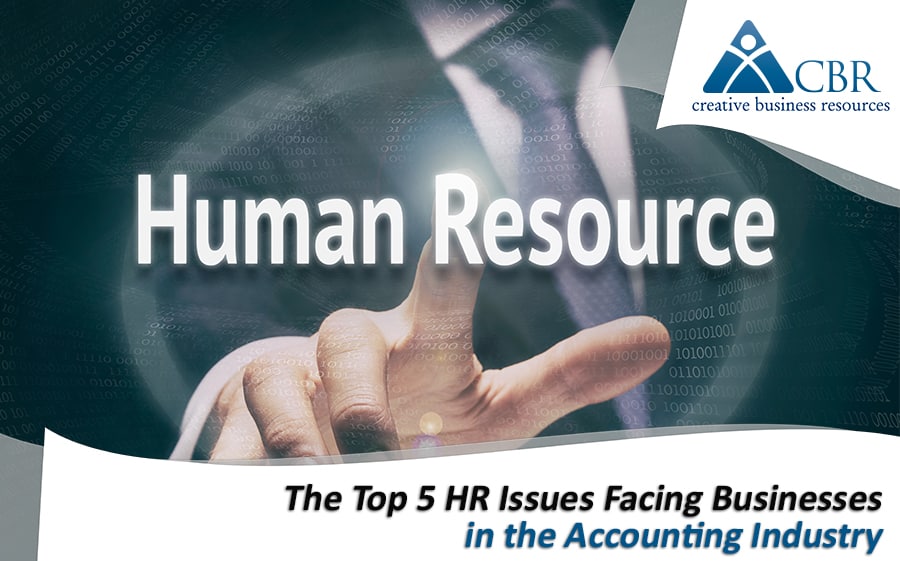


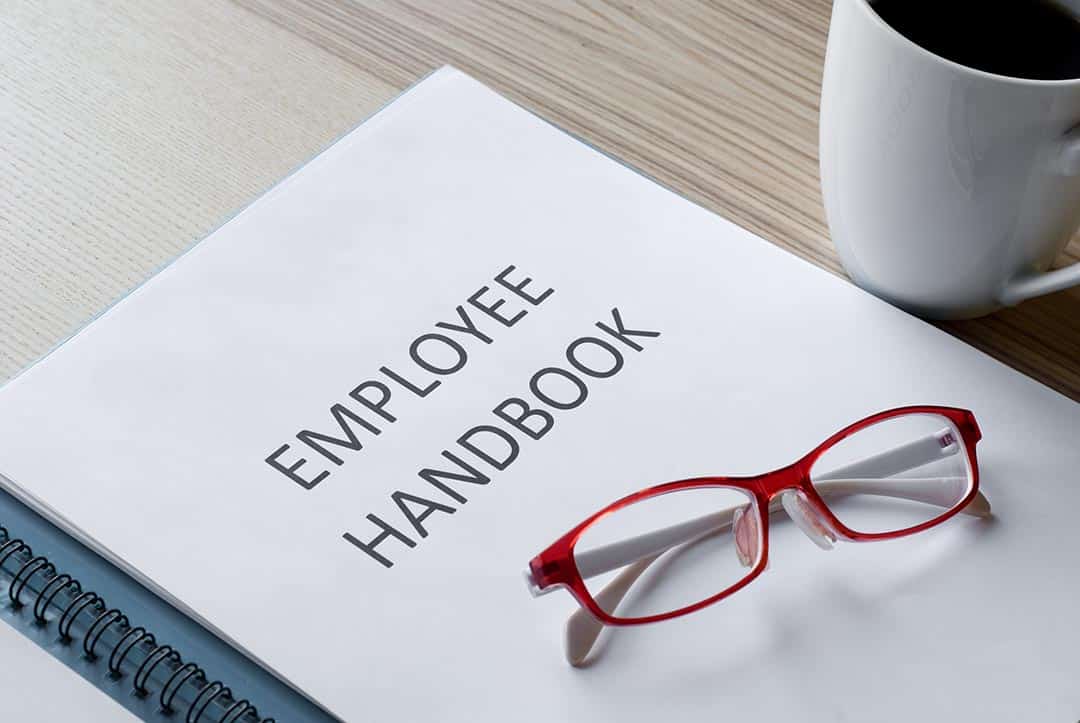

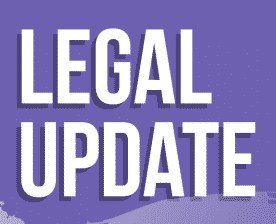
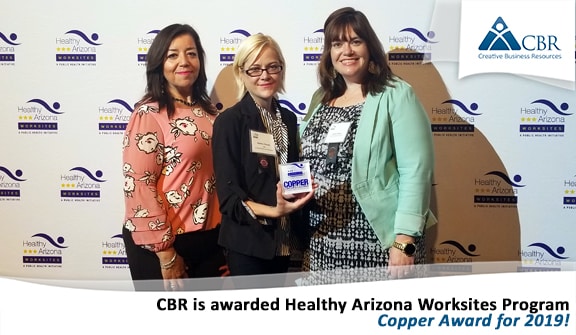

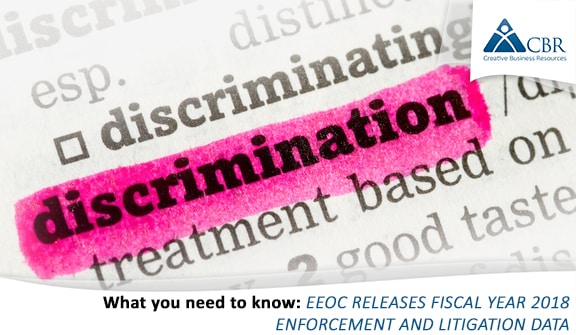
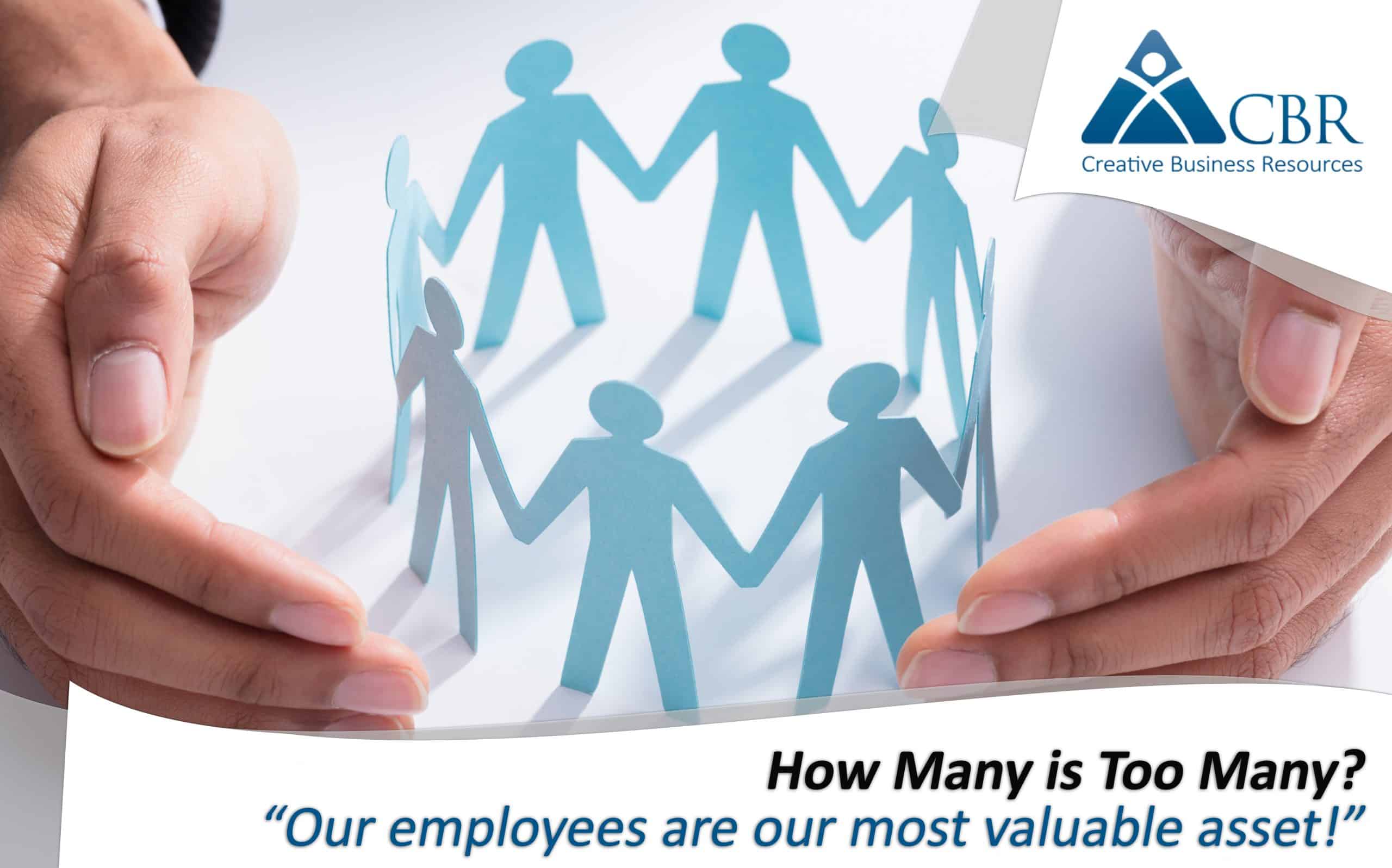
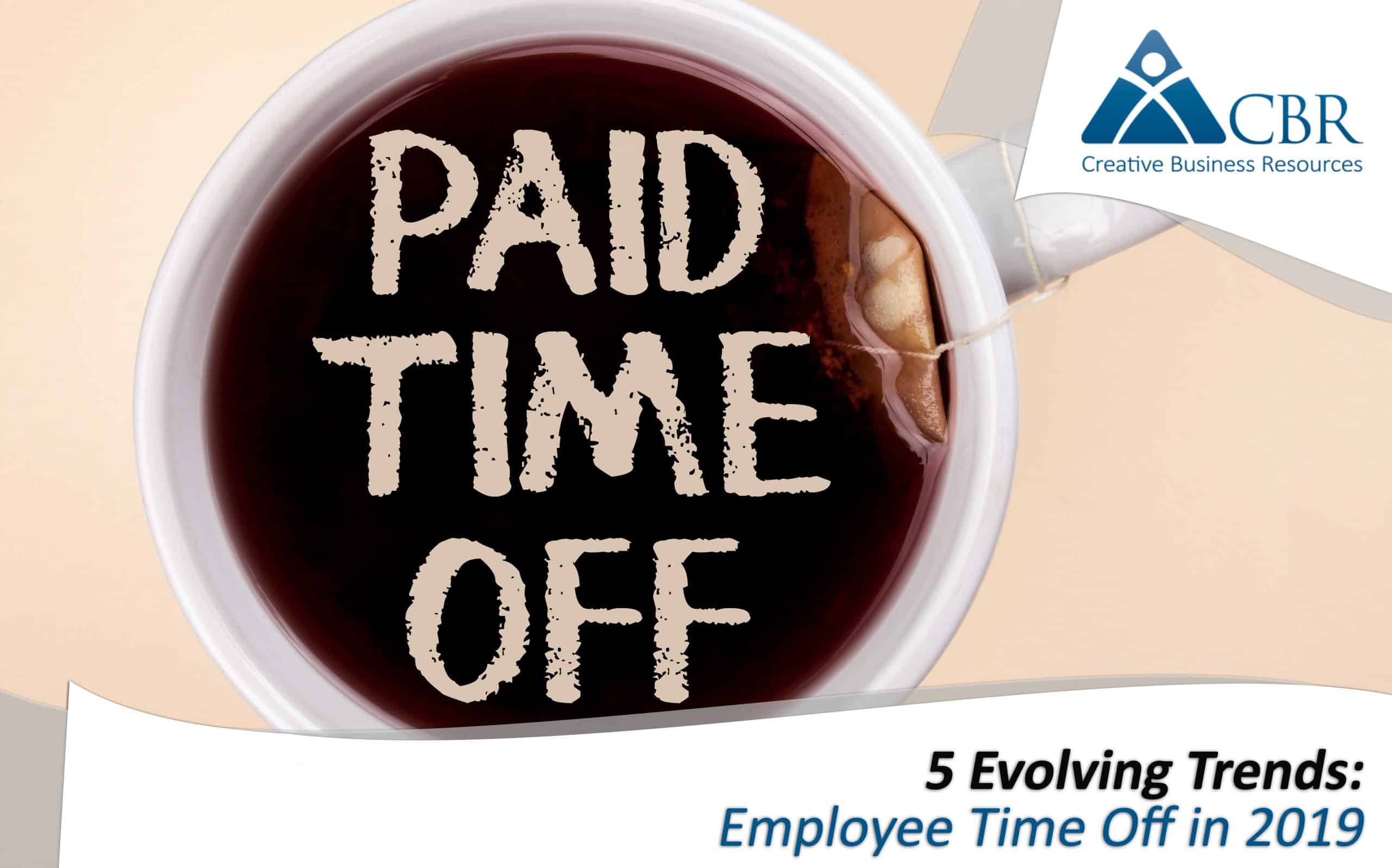


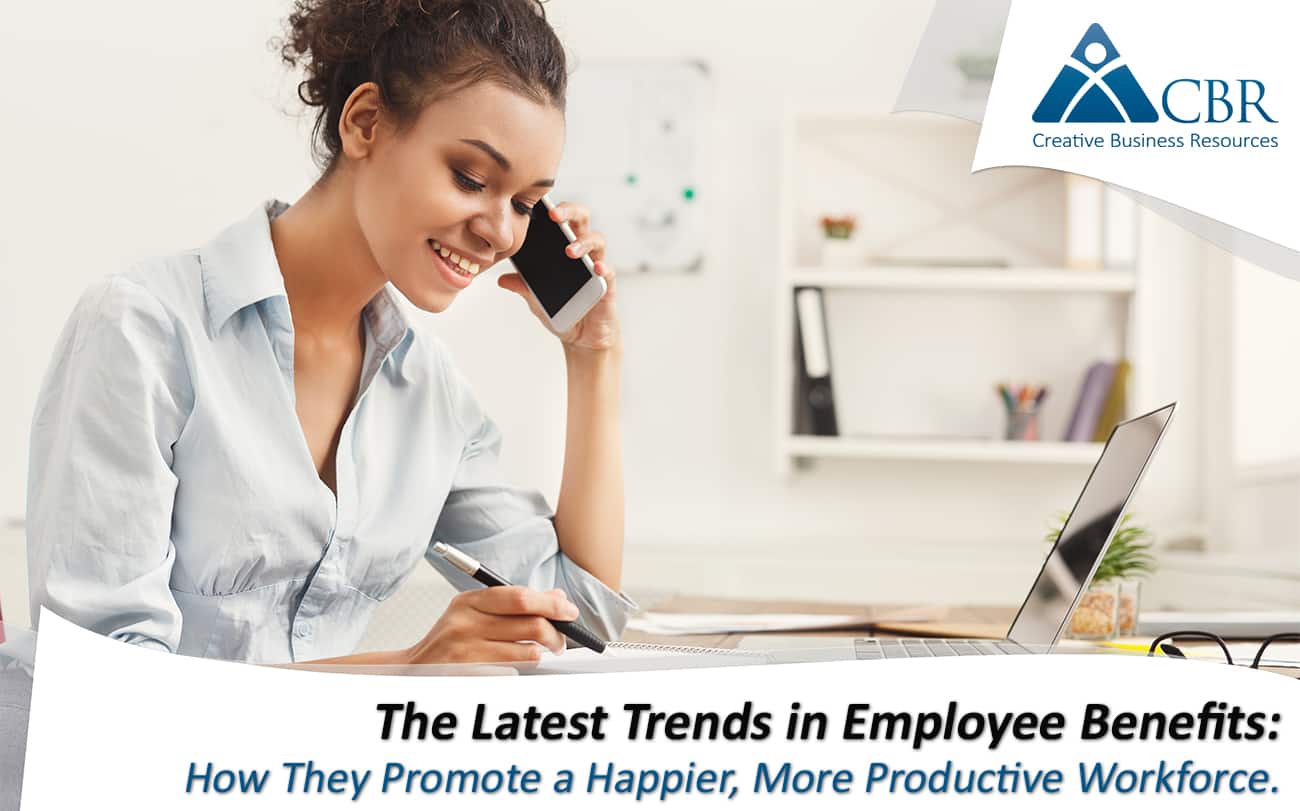
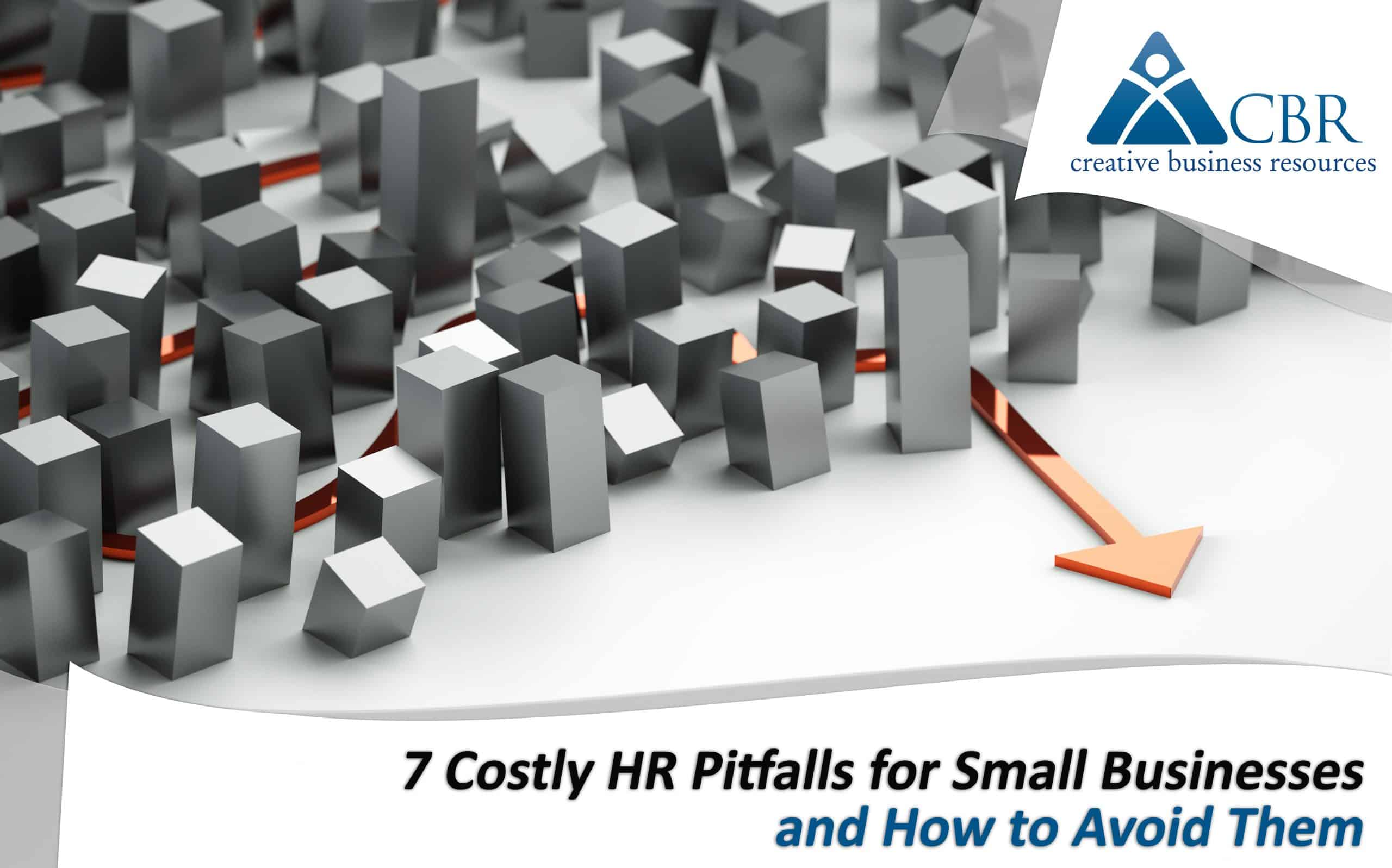
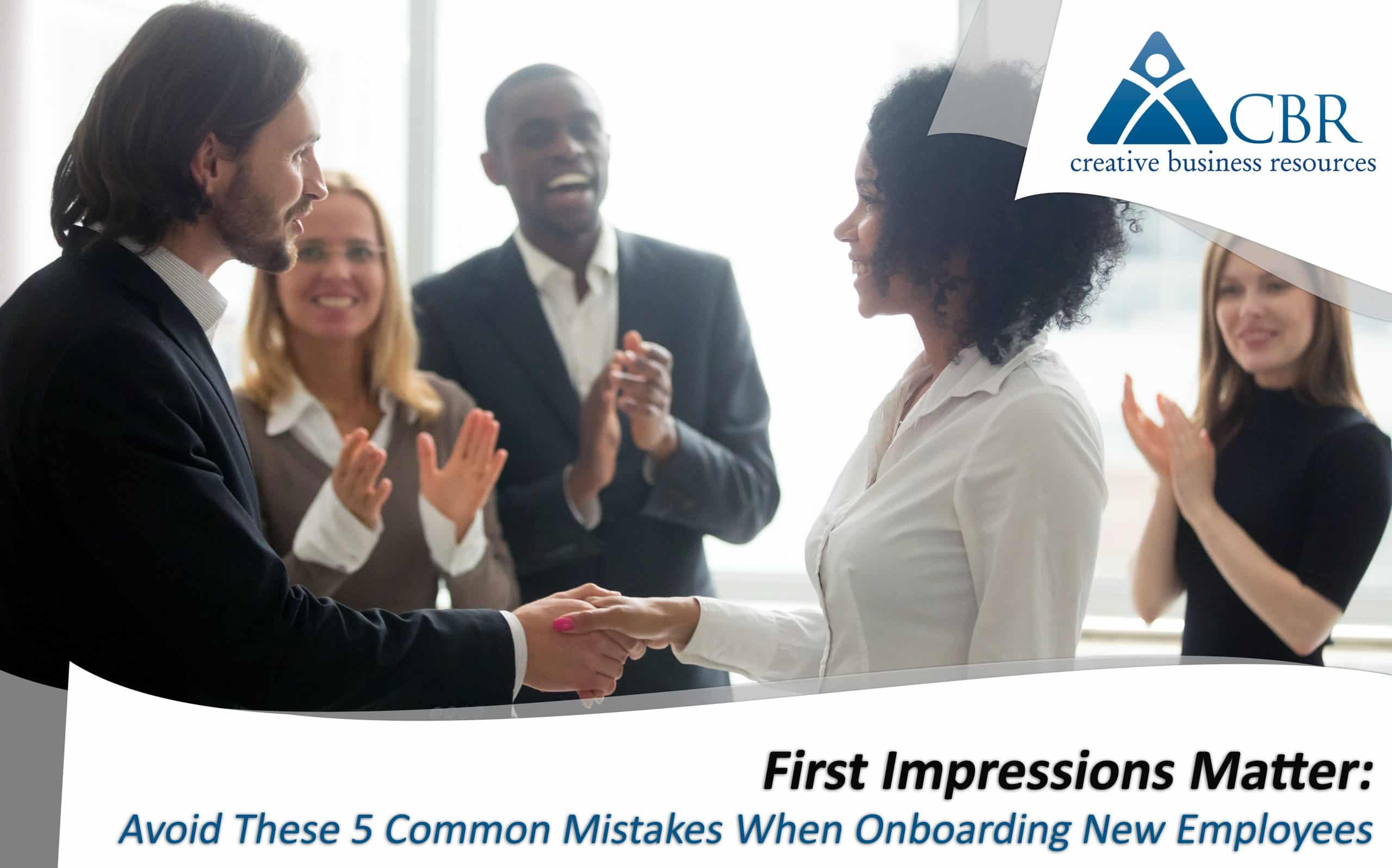
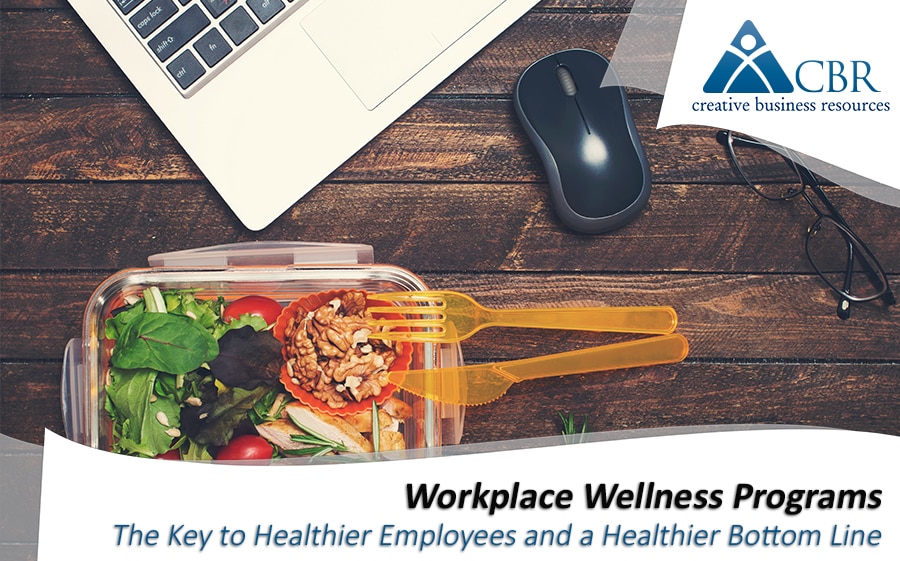
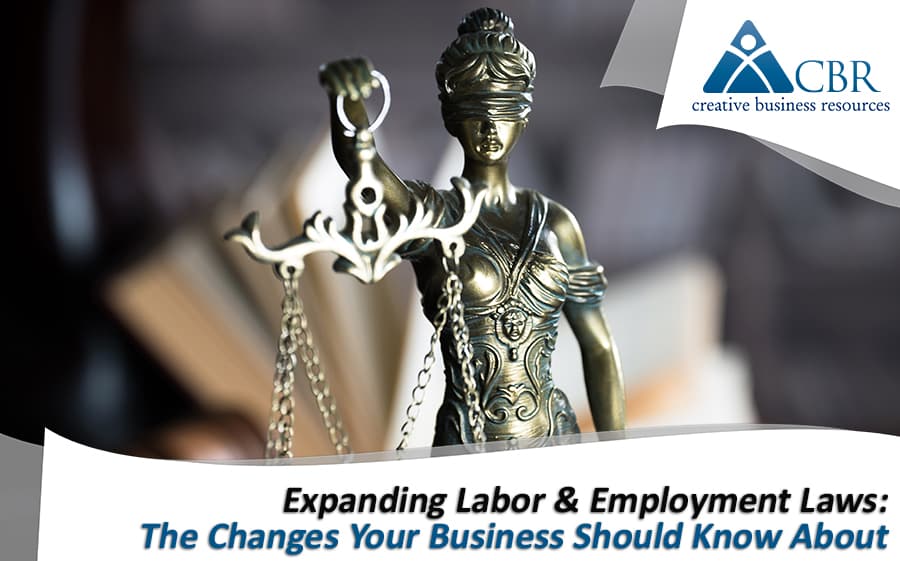


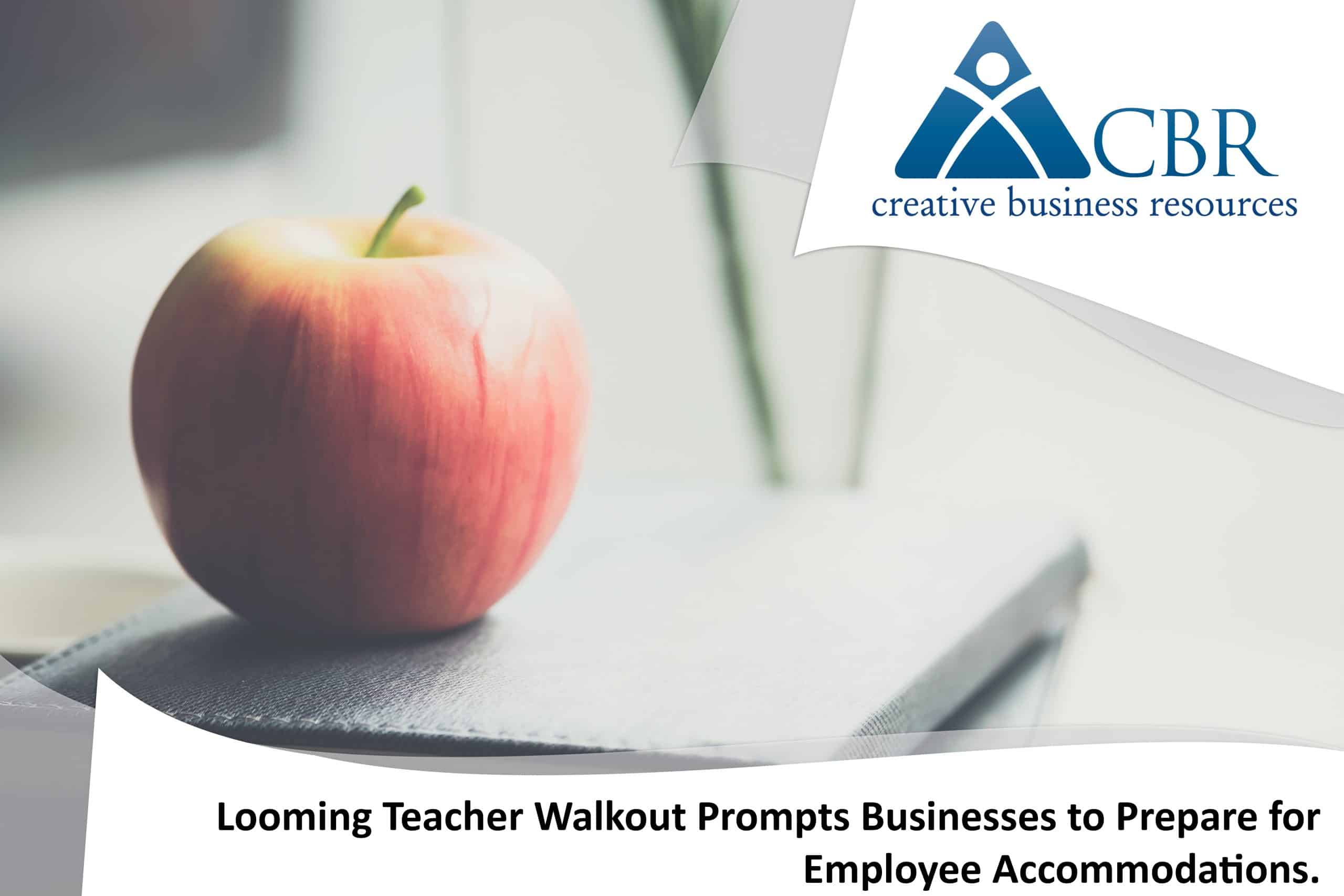
Leave A Comment
You must be logged in to post a comment.